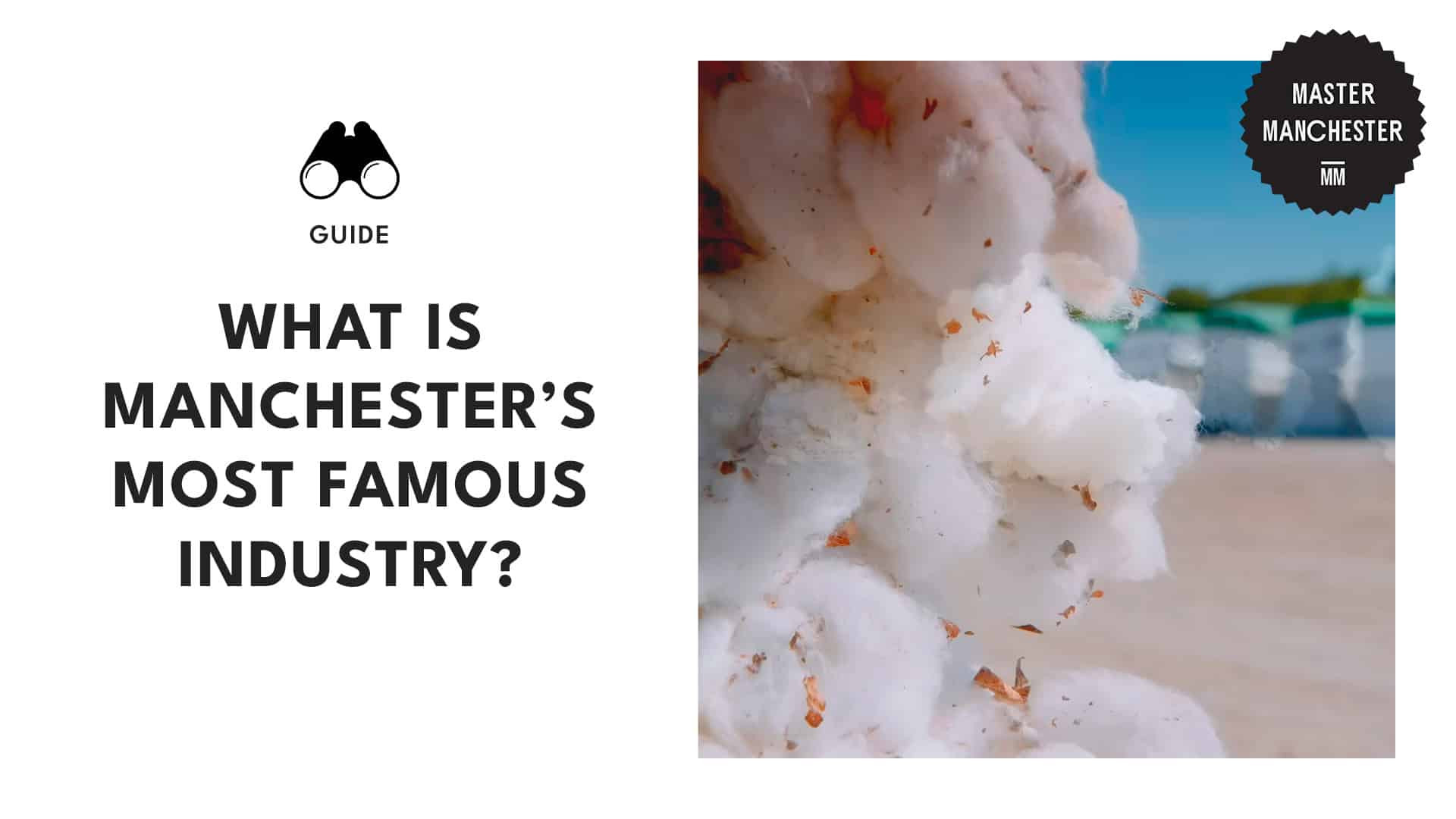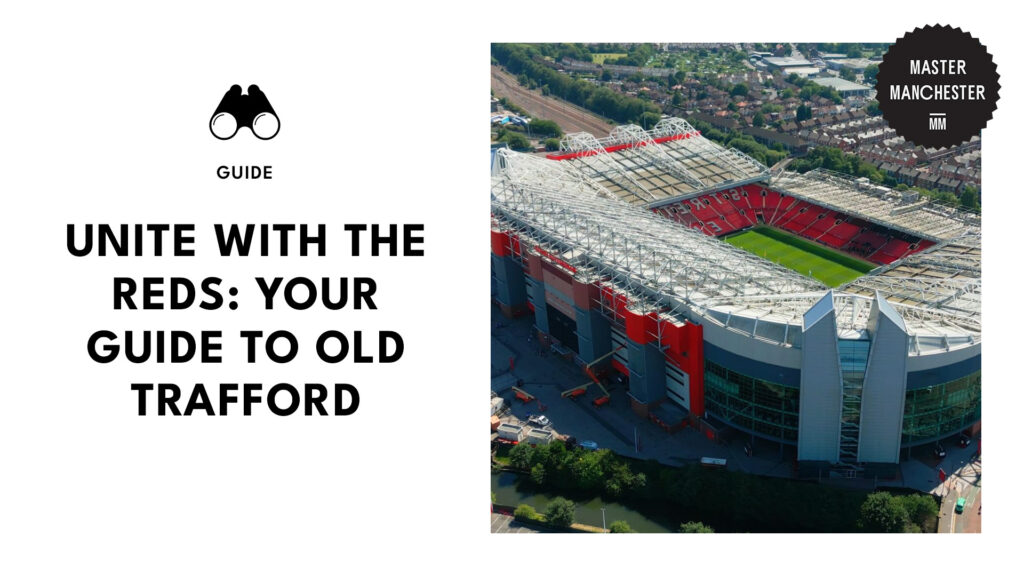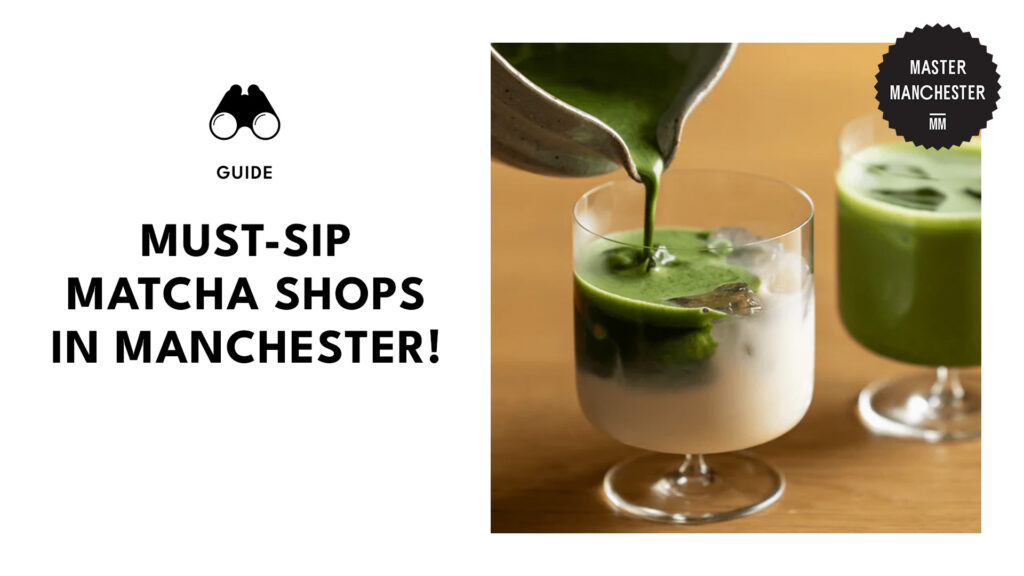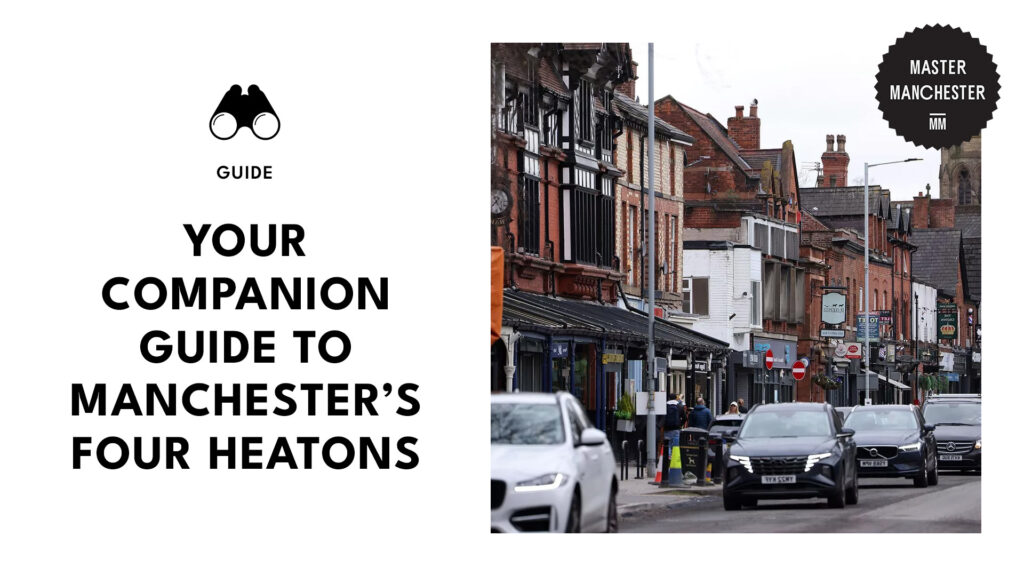Categories > Guides and Tips

What is Manchester’s most famous industry?
- Manchester's Most Famous Industry: A Textile Legacy
- The Rise of the Cotton Industry in Manchester
- The Cotton Warehouses in Manchester
- The Fall of Cotton Industry in Manchester
- The Current Situation of the Cotton Industry in Manchester
- Other Famous Industries in Manchester
- FAQs about Manchester’s Famous Industries
Have you ever wondered which industry is Manchester in the UK most famous for?
Manchester is most famous for its cotton and textile industry. It has a long history that started at the birth of the Industrial Revolution.
Until now, the cotton industry is still the trademark of the city, which makes many Mancunians proud. In fact, the city has even been dubbed as “Cottonopolis.”
In this article, we are going to take a deep dive into how Manchester played a big part in the cotton and textile industry in the world.
Manchester’s Most Famous Industry: A Textile Legacy

There are many reasons why Manchester is the perfect place for the production of cotton and textiles.
Manchester’s climate is perfect for spinning yarn as it is both wet and humid. On top of that, there are also steep streams at the south-east Lancashire, which are perfect for washing and bleaching cotton.
Along with this, there are also accessible coalfields in the area, making it easy to fire steam engines. Furthermore, there are also salt supplies for developing chemicals used in the production.
But more importantly, Manchester has a convenient access to the west coast that allows the easy importation of raw materials and exportation of finished products.
This is why, for many decades, Manchester has been at the centre of the cotton industry in the world. Until today, the city still holds an impact in the production and distribution of cotton but it is not as strong as it did when it first started.
The Rise of the Cotton Industry in Manchester

It all began in 1363 when the Flemish weavers arrived in the UK. Because of their presence, wool and linen production became a priority during the reign of Elizabeth I.
By the mid-18th century, there was an increase in the demand for cotton production. Hence, many produced cotton at home using a “domestic system”.
Here, people work at their homes as they spin, weave, cut, and bleach cotton by hand.
Because of technological advancements, production was gradually replaced by factories and types of machinery. Some of the significant inventions during this era are the Water Frame and Crompton, Spinning Mule, Spinning Jenny, and Arkwright.
Along with this comes transportation improvements as well. This means that more cotton is being produced and moved to various parts of the world.
By 1914, it is estimated that the import of cotton reached almost billions of tonnes – making Manchester the commercial centre of the industry. One of the most notable mills during this time is the one run by McConnel and Company.
On top of this, the city was also considered the town of Royal Exchange. This is where traders from various places within and beyond the UK meet to do business.
Of course, the most popular item in their transactions is cotton.
The Cotton Warehouses in Manchester

The development of cotton houses is one of the most notable improvements in the city. These were created to be able to keep up with the high demands of the cotton trade.
However, the interesting thing about cotton houses is that most of them are established by merchants instead of manufacturers. This is because they wanted to have an impressive structure to showcase the products and attract more buyers.
There are four types of cotton houses during this time. The first one are those used as showrooms for various kinds of cotton products.
On the other hand, the second type are the ones used as a meeting place with foreign traders. The third one is a packing warehouse where cotton products are checked, labelled, and wrapped.
The last type is a railway warehouse that was useful in transporting cotton.
The Fall of Cotton Industry in Manchester

Things started to take a turn for the worst during the American Civil War. Since there is heavy reliance on distant raw materials, production was gravely affected when the supply has been hindered by the ongoing conflict.
Because of this, the industry in Manchester slowly declined. At the same time, cotton production also emerged in countries, such as India and Egypt, that are near the source of raw materials.
Since they have easier access to the prerequisite to make cotton – it is only natural that they can make more finished products. Later on, these countries also developed more advanced ways of producing cotton.
On top of this, labour is also more affordable in these places. All of these reasons made it hard for Manchester to compete.
The Current Situation of the Cotton Industry in Manchester

Fast forward to today, Manchester is far from importing cotton in billions of tonnes. However, its past as the Cottonopolis is still evident in certain parts of the city.
For instance, there are the weaver’s cottages. These are surviving infrastructure from the “domestic face” of production.

Here, you will see large second-floor windows that were used to maximise the light as people within weave cotton.
There are also warehouses spread across the city where cotton is stored before exportation. Modelled after the Renaissance Palace, these establishments have plenty of natural light and less decoration to make the most out of the space.

During the heyday of cotton production, there were also mega-packing stations that were developed in the city. During those days, several companies use this shared space to sort and pack cotton.
You can still see one on Oxford Road. The building is called St. James House and it has a Baroque façade of Portland Stone.

There are also similar establishments on Great Bridgewater Street and Whitworth Street.
Unfortunately, the last few surviving mills were converted into residential and commercial establishments already. While there was an attempt to register these buildings as a Heritage Site with UNESCO, they did not push through as they favoured city development more.
These establishments are no longer functional and just serve as the city’s reminder of how it used to produce cotton.
Now, Manchester is known as the hub for fast fashion. There are now advanced technologies that allow it to rise as one of the top producers of textile in the world.
Other Famous Industries in Manchester
Since the decline of the textile industry, it gave space for other industries in the city to grow and flourish. Here are some of the prevalent industries in Manchester nowadays:
- Hospitality, Tourism & Sport
- Construction
- Retail & Wholesale Distribution
- Manufacturing and Technology
- Health and Medicine
- Business and Finance
- Green Industries
Because of these industries, there are many job opportunities available throughout the city. Both locals and people from other places come to Manchester to look for jobs or establish businesses.





